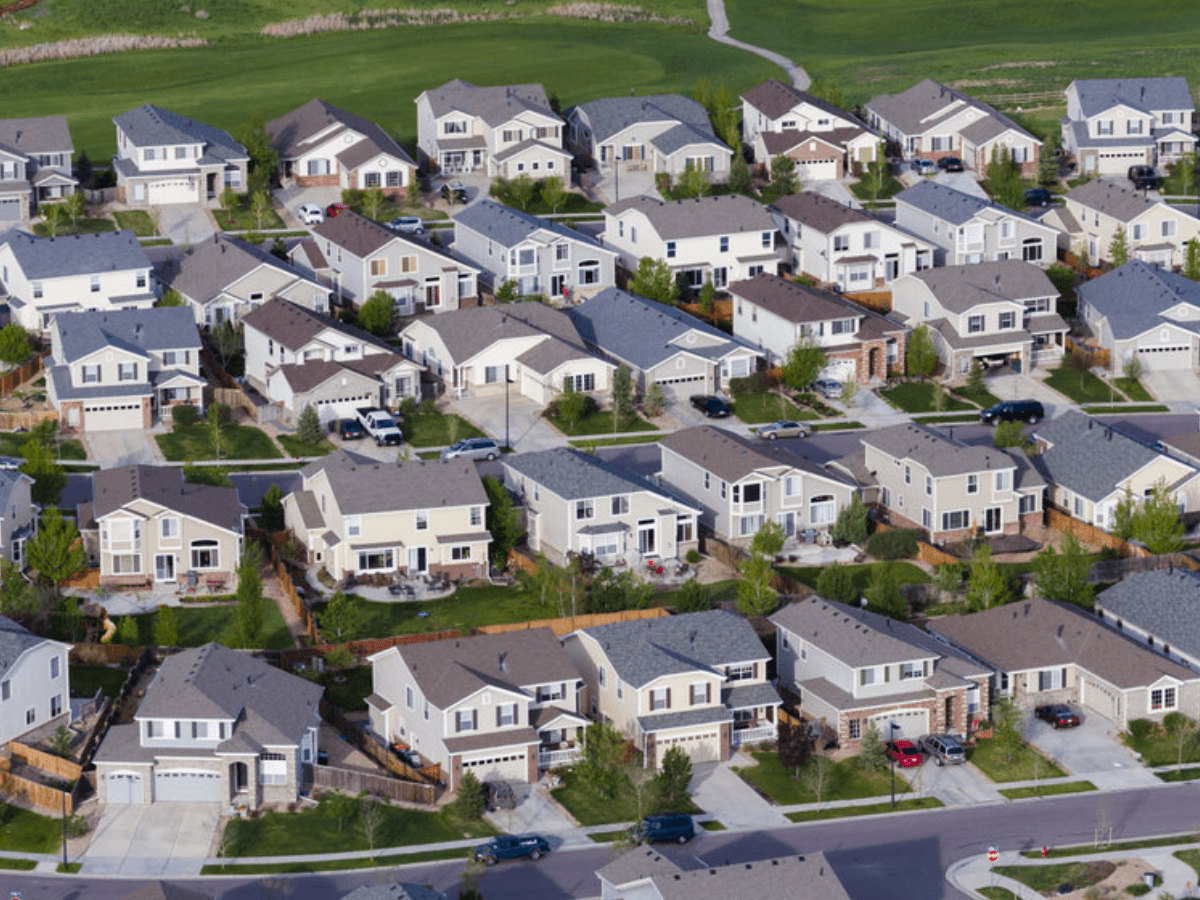
Rent Prices Keep Sliding in the U.S.—Why Downsizing Might Be Smart
Going smaller could be the smartest move in the U.S. rental market for renters who want to get the most out of their housing budget.
New data from Realtor.com shows that rents across the U.S. have continued to decline, particularly for smaller units like studios. In December 2024 studio rents dropped 1.3% year on year, compared with a 0.9% slump for one- and two-bedroom apartments.
A Cooling in Rent Prices
The U.S. median asking rent fell for the 17th consecutive month in December to $1,695, down 0.5% from November and 1.1% from December 2023.
Despite the drops, however, rents are more expensive than during the pandemic when the rental market boomed.
For instance, studios are up 11.3% compared with five years ago, while one-bedroom and two-bedroom units have gained 15.9% and 19.8%. And rents are only 3.7% below their peak in July 2022 and 16% higher than December 2019 levels.
Supply Eases Demand Pressures
One big factor weighing on rent costs is the surge in multifamily housing construction throughout 2023. New apartments entering the market have expanded supply, giving renters more options and easing upward pressure on prices.
Danielle Hale, chief economist at Realtor.com, notes that more supply is bringing much-needed relief to the rental market. For renters, balance is welcome and signals an end to the pandemic-era rental market spikes, she adds.
Yet as new construction projects slow, the relief could be short-lived, meaning such declines in rental prices may soon grind to a halt.
Why Studio Rents Are Tanking
Studios registered the steepest rent declines, in part owing to shifting renter behavior. During the pandemic, many studio dwellers moved in with family or friends to save money, provoking a tumble in demand and thereby prices for those smaller units.
As the pandemic receded, however, demand for studios rebounded. This drove a temporary hike in rents. But over the long term supply for studios has better kept pace with demand compared with larger units, keeping rent growth in check.
Now the gap in rent growth between studios and larger units is narrowing, making this a prime time to secure a lease on a studio.
Where Rents Fell the Most
While rents fell across most of the U.S., some areas recorded sharper slumps than others such as the South, making it an attractive region for budget-conscious renters.
- Memphis, TN: Rents fell 6.7% to $1,174.
- Denver-Aurora-Lakewood, CO: Prices dropped 5.9% to $1,799.
- Austin-Round Rock-Georgetown, TX: Rents tanked 5% to $1,469.
Even traditionally expensive markets like Los Angeles saw some relief, where rents plunged 2.7% to $2,750. However, experts predict Los Angeles rents may stabilize or even rise in the coming months thanks to housing shortages exacerbated by brutal wildfires.
Where Rents Are Still Rising
A few markets bucked the trend. The Northeast, particularly the New York City metro area, remains one of the priciest and most competitive regions. New York City-Newark-Jersey City rents rose 5.3% year on year, to a median of $2,967.
This was made possible by strong demand and high absorption rates, with newly built rental units being leased quickly. The Northeast also posted rising absorption rates in 2024, which could be a sign of sustained competition for apartments in the region.
What This Means for Renters
The current market presents opportunities for renters to save, especially by downsizing to a studio. With prices for smaller units sliding at a faster rate, now might be a good time to lock in a lease.
Because as the pace of new construction slows, the current renter-friendly market conditions may not last. And those in high-demand regions like the Northeast may find it difficult to clinch affordable options.



